Historical Architecture of Grosse Pointe – Architect Leonard B. Willeke and his work in Grosse Pointe Park – Part 2.
Historical Architecture of Grosse Pointe – Architect Leonard B. Willeke and his work in Grosse Pointe Park – Part 2.
Last week I profiled one of the unsung hero’s of architecture in Grosse Pointe, Leonard B. Willeke – part 1. This week we continue his story and profile more of his work in Grosse Pointe Park.
Along with building his own home at 1100 Berkshire, Grosse Pointe Park saw several other Willeke residences designed in 1922. The first was located across the road from his home at 1103 Berkshire; the second was located at 938 Balfour (which features a stunning band of iridescent Pewabic tile along the front and sides – the house was sold in 1923 for $52,000), while a further commission was for a new home at 1030 Balfour. 1923 saw Willeke design a number of homes in GP Park, including – 1068, 1176 Berkshire and 785 Balfour.
The economic downturn of 1924 hit Willeke hard, these beautiful homes did not sell immediately. The sale of 1068 Berkshire made Willeke only $200 and for 785 Balfour Willeke took two Detroit residences and a vacant lot in GP Park in trade for the property.
However it wasn’t all bad news, Willeke’s largest residential project of his career (planning had begun in 1921) came to fruition and the Oscar Webber Mansion began construction in 1925. The design was exquisite, bringing together various historical elements and remarkable interior spaces, thereby creating a home that wasn’t just about space, structure or technology but focused heavily on function and iconography as well.
It was through the project with Webber that Willeke became acquainted with William A. Petzold (secretary and treasurer of the J.L. Hudson Company) who commissioned him to design a large home at 1010 Three Mile Drive in 1927. This was followed by a handsome Tudor style home (for Raymond J. Purdy) at 1012 three Mile Drive the same year.
Other notable commissions in Grosse Pointe Park during the 1920’s were:
1359 Berkshire, 832, 746 and 766 Balfour.
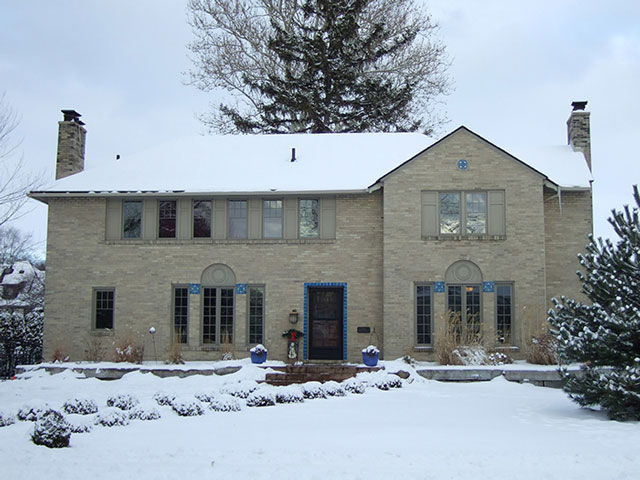
Willeke experienced financial problems again during the Great Depression. After only making half his income from the previous year (in 1930) Willeke was forced to sell his home on Berkshire and move (in 1932) to a small apartment in the Park. During the next couple of years new commissions for the architect were scarce, and it wasn’t until 1934 things began to improve with a new commission at 433 Lakeland.
Other notable commissions in Grosse Pointe during the 1930’s included:
195 McKinley, 1251 Harvard, 563 Fisher, 1036 Berkshire, 1027 Buckingham, 806 Three Mile Drive, 1142 Audubon Avenue and 1011 Harvard Road.
By 1938 Willeke was able to build a modest home and studio for his family on Bishop. New commissions followed, and the 1940’s also brought a number of landscape projects. The 1950’s saw Willeke receive a number of projects on Vernier, Grosse Pointe Woods, and it was during this time that his active professional career began to come to an end.
Throughout his career Willeke had worked on an array of diverse and interesting projects. From earthquake buildings in San Francisco, commercial buildings for Henry Ford, wealthy clients desiring artistic solutions through to more modest projects.
Leonard B. Willeke died in 1970. He was an outstanding individual with an enthusiasm to create wonderful designs for clients with varying financial constraints. His creations still exist in Grosse Pointe Park today, and in recognition of his work and contributions to the local community the Park opened a gazebo in Patterson Park (in 1984) in honor of his Willeke and his wife.
While Willeke probably never received the credit he deserved amongst his peers, his work is now being re-discovered and gaining the public recognition it merits.
Written by Katie Doelle
Copyright © 2015 Katie Doelle

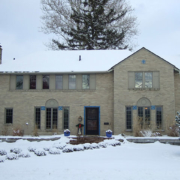


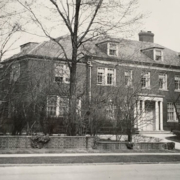


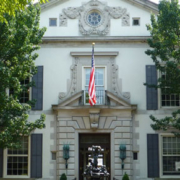
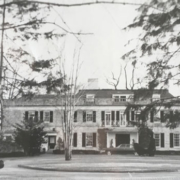
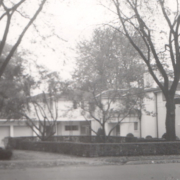
Leave a Reply
Want to join the discussion?Feel free to contribute!